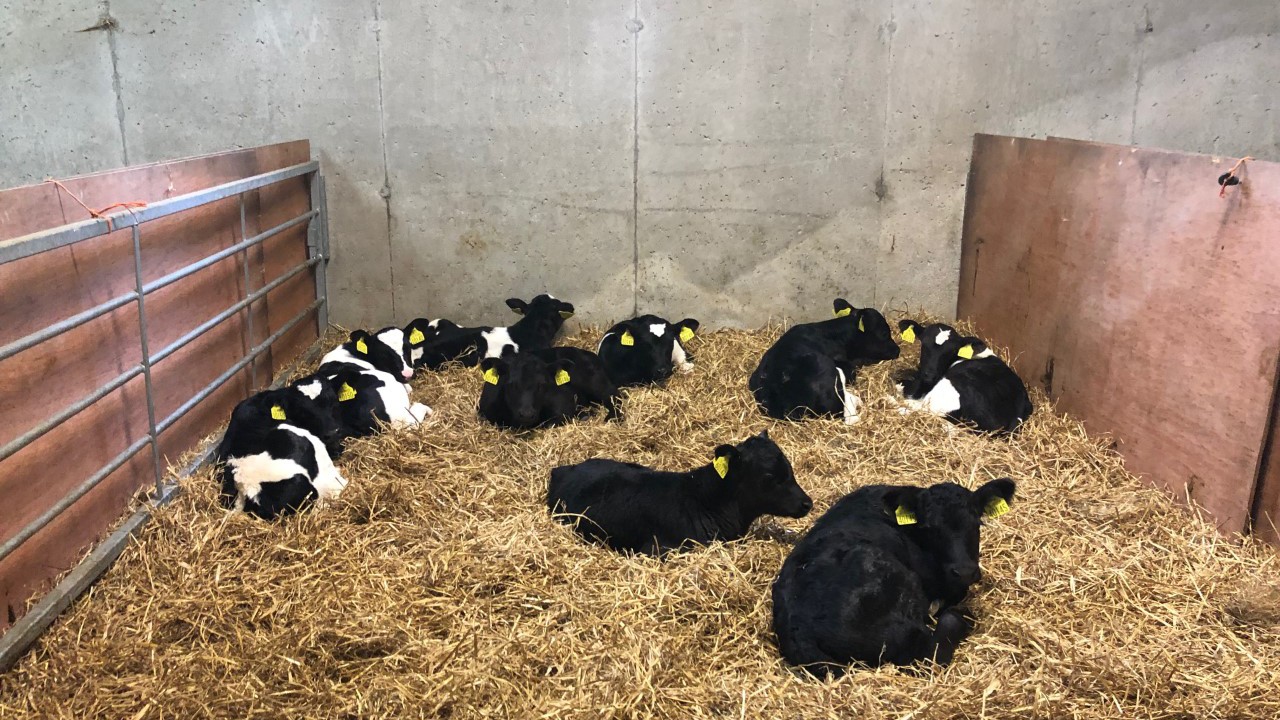With the lambing and calving season underway or about to kick off, it is important farmers keep in mind the importance of good ventilation in their sheds.
Whether it be in the calving or lambing shed, it is important farmers make sure that there is sufficient airflow going through their sheds.
It is a good idea before the busy period kicks off that farmers check and make any alterations to their shed that will help to improve the ventilation.
Over the course of the year, dust particles or hay and straw that are stored in the sheds can block up the air outlets in the Yorkshire boarding or in the vented sheeting in the shed.
Therefore, it is important that these outlets are clear and allow for air to come through – unaffected.
If the warm air, that builds up in the shed, has nowhere to escape then animal health problems are more than likely going to occur – which will have a negative impact on animal performance.
Signs that the ventilation in the shed is inadequate include:
- Ammonia smell;
- Pneumonia outbreak;
- Nasal discharge;
- Animals coughing;
- Damp bedding;
- Condensation on the walls and the roof.
The importance of removing stale air, odour, pathogens and viruses by allowing the inward movement of fresh, clean air into a shed cannot be underestimated.
In many old sheds – that were built more than 10 years ago – ventilation was not one of the key factors in the design of that build. Therefore, it is important – if you haven’t done so already – to make alterations to the shed, in order to improve the airflow throughout the unit.
Listed (below) are a few options available to farmers to improve the ventilation in their sheds.
Options for improving ventilation include:
- Yorkshire boarding: staggered wood panelling;
- Vented sheeting or spaced sheeting;
- Open doors and block initial 1.5m to 2m with bales;
- Remove part of or complete solid side of sheets;
- Knock the top block of rows from the shed wall;
- Central ridge outlet.
Getting the balance right
Going overboard and allowing too much airflow through the shed can have a negative effect on the newborn calves and lambs as well.
Problems such as draughts coming through the shed will cause chills in the animals and this will have a negative impact on performance.
In the case where there is a draught, applying extra straw in pens and putting up windbreakers or plywood boards between pens are cheap and effective options to counteract this problem.
If farmers find that their shed is still stuffy and warm, then opening the shed doors at either end of the shed during a day is an option to keep air circulating through the shed.


